How To Reduce Anxiety Immediately
Why this matters to you
You might be reading this because a wave of anxiety just hit — your heart is racing, thoughts are spinning, your body feels tense and your mind is searching for relief. Maybe you’re sitting in your living room here in Aotearoa New Zealand, wondering if there’s something — anything — you can do right now to feel less anxious. That’s what this guide is for.
It’s not about complicated therapy sessions (though those have their place). It’s about immediate, practical, gentle tools — tools you can use in the next five minutes — that help your body, mind and spirit reconnect. You’ll also find faith-friendly language so that if you believe, you can bring Christ into your moment of struggle and let His presence walk beside you.
Please know: anxiety in itself is not a moral failing, nor does it mean your faith is weak. It simply means your human system is sounding alarms and needs a safe space, some rest and some kind of movement toward calm. Let’s walk that path together.
What’s contributing to your anxiety right now?
When we say “reduce anxiety immediately,” we’re addressing the spike — the moment when your body and mind respond to perceived threat or overwhelm. In this moment, your nervous system goes into alert: heart rate speeds up, breathing becomes shallow, muscles tighten, thoughts race. Even if the threat is internal (a what-if, a worry, a replay of something past) the result is the same.
Because you’re in New Zealand (or reading this from here), it can help you to remember: you’re not isolated. Mental health resources reference NZ-based sources: for example, the Anxiety New Zealand Trust recommends controlled breathing and progressive muscle relaxation as key tools in calming the mind and body. anxiety.org.nz
So: knowing you’re human, knowing your nervous system is doing what it’s designed to do — you’re already halfway to compassion. Now let’s equip you with what to do.
Immediate Tools – Use in the Next Few Minutes
These are steps you can take right now. If you’re able, move to a quieter space; if not, you can still use many of these while sitting, waiting, in transit.
Ground the body with breathing
-
Take a slow inhale through your nose to a count of 4, hold for 2, then exhale gently to a count of 6–8.
Repeat 4-6 times.
-
On each exhale, you might add a quiet phrase: “Jesus, have mercy” or “Lord, I trust you”. It anchors both body and spirit.
-
Why it works: research shows slow, controlled breathing helps turn off the fight/flight alarm and activate the calmer part of your nervous
system. PMC+1
- Tip: If possible, place one hand on your chest, one on your belly. Feel the belly rise more than the chest.
Use your senses to anchor the present
- Look around you and name 5 things you can see.
- Then 4 things you can touch/feel (the texture of your clothing, the seat you’re on).
-
Then 3 sounds you can hear, 2 smells, 1 taste — or if you can’t taste, just notice the
air in your mouth.
-
This 5-4-3-2-1 technique works because it redirects your racing mind into sensory reality. University
of Rochester Medical Center
- While you do this, you might silently pray: “God, I bring my anxious thoughts to You. Anchor me in You.”
Soften physical tension
-
If you're able, stand up (if safe) and do a quick muscle check: raise your shoulders towards your ears for 5 seconds, then release. Repeat
twice.
- Or clench your fists for 3 seconds, then open them wide and stretch your fingers.
- Another option: splash cool water on your face or wrists — the physical change sends calming signals to the body.
- Why it helps: anxiety often shows up as tension; changing the physical state helps shift your nervous system.
Choose a short prayer or Scripture anchor
- You might say: “The LORD is close to the broken-hearted and saves those who are crushed in spirit.” (Psalm 34:18)
- Or: “Cast all your anxiety on Him because He cares for you.” (1 Peter 5:7)
- Even repeating just one phrase gently for a minute helps your mind move from emergency mode to prayer mode.
Adjusting your mindset gently
When anxiety hits, your mind often plays one or more loops: “What if…?” “I can’t handle this.” “Something will go wrong.” The next two tools help shift from being trapped by thought-loops to noticing them and gently changing stance.
Notice the thought, don’t trust the thought
- Say quietly: “I’m noticing the thought that [insert your worry].”
- Add: “This thought is not a command. I’m choosing to respond differently.”
-
Ask: “Is this thought helpful right now?” If the answer is “no”, push the thought aside and return to breath or senses.
-
This is a simplified version of CBT (Cognitive Behavioural Therapy) technique — even when you’re in a rush it can work. NZ mental health
guidelines note that therapy like this supports anxiety management. Mental
Health NZ
Set the worry aside for now
- You can tell yourself: “Okay, I’ll set this aside until [time] and return then.”
- Unless the worry requires immediate action (and you’ll know if it does), you give yourself permission to pause.
-
Combine with a physical act: writing the worry on a piece of paper and folding it, or mentally placing it in a box and closing the lid.
- Then return to your grounding, breathing, prayer.
Brief Map of What to Do Next
-
After the immediate toolset (above), plan a small secondary step: maybe a 10-minute walk, or step outside for sunlight, or send a message to
someone you trust.
-
Resist the temptation to “solve everything now.” Anxiety relief doesn’t necessarily mean removing the problem; it means helping your system
calm so you can see the next step more clearly.
- If the spike has left you drained, give yourself permission to rest. Even 20 minutes of quiet with your feet up counts.
Why These Techniques Work (and How They Fit Faith)
The physiology behind it
Because anxiety isn’t just “thinking too much” — it’s your nervous system reacting. Slowed breathing, sensory grounding, muscle relaxation all send signals: you’re safe enough right now. Over time these actions can help your baseline settle. For example, a recent study found breathing practices of five minutes or more were effective in reducing acute anxiety. PMC
The spiritual dimension
When the Bible says “Be still and know that I am God” (Psalm 46:10), it isn’t just poetic — it invites your body to align with truth. Your anxiety does not mean that God has abandoned you. It means you’re carrying too much, too fast. In faith, you can bring the body’s alarm system to God, lay it down in prayer, and trust the Holy Spirit to walk with you through what you can’t yet see clearly.
Believing in God’s presence doesn’t cancel out the fight your body is having — but it adds a safe Shore to which your restless sea can return. You aren’t abandoned. You’re not broken beyond hope.
Who this is not for, and when to seek extra support
If you find your anxiety spikes are:
- so intense you fear you’ll lose control,
- causing you to avoid living or leave home,
- including thoughts of harming yourself or others,
then the “immediate relief” tools are helpful but not sufficient. In New Zealand, you may contact:
- Call 111 if you are in immediate danger
- Text or call 1737 for a trained counsellor (any time)
- Lifeline NZ: 0800 543 354 (text HELP to 4357)
- Suicide Crisis Helpline: 0508 828 865 (0508 TAUTOKO)
These services are part of the safety net that supports you beyond self-help. You are not alone.
When things calm a bit, also consider reaching out to a trusted pastor, spiritual director or Christian counsellor in your area. Integrating faith-based care with practical supports often yields the best outcomes.
Beyond the Moment: Recovering Your Baseline
Once you’ve navigated the immediate wave, you’ll want to strengthen your “baseline” — the everyday state from which anxiety is less likely to explode. Here are patterns Australians, New Zealanders and others have found helpful (echoed in trusted sources like the Anxiety NZ Trust and Healthify-NZ). Healthify+2anxiety.org.nz+2
- Routine sleep & rest: even 7-8 hours feels stabilising.
- Move your body: 10-20 minutes walking outside reduces stress hormones and helps you feel more grounded.
- Get sunlight & nature: even a short time outside in daylight improves mood.
- Limit caffeine, alcohol, screens: these fuel the body’s “emergency” settings.
-
Keep screens/zones for “worry-checking”: set a time each day for checking news or social media — outside of that, switch
off.
-
Journal or pray: write one thing you’re grateful for, one thing you’re worried about — then bring both to God.
-
Connect with people: call a friend, speak to your church group, let someone know you are working through this.
-
Use faith rhythms: the sacraments, prayer, Scripture, community all complement physical and mental strategies.
Over time, these habits reduce your vulnerability to sudden spikes, and when they do come, your “immediate toolset” will let you ride them more calmly.
Putting It All Together: A Scenario
Imagine you’re sitting at home in Auckland. A text pings, you open it, and instantly you feel your chest tighten, your thoughts race: “What if they’re mad at me? What if I’ve messed up? I can’t face them.” Your body reacts: shallow breaths, adrenaline surge, desire to escape.
- Pause. Hand on chest and belly. Breathe in 4, hold 2, out 6. 5 times.
- Recognise the fear: “I’m noticing the thought that I’ve messed up and they’ll be angry.”
-
Begin the senses: 5 things you see (your phone, the cushion, the window), 4 you feel (rug underfoot, shirt on skin), 3 you hear (distant
traffic, your own breath, the phone hum), 2 smells, 1 taste.
- Add a quiet prayer: “Jesus, I bring this fear to You. I trust You are here with me.”
- Choose a small action: send a quick message to a friend: “Hey, I’m feeling anxious right now — can we talk later?”
-
Later, maybe stand up, walk for ten minutes outside, feel the sunlight, thank God for something small: the breeze, the birdcall, the ground.
One wave of anxiety doesn’t define your future. Each small pause, each breath, each prayer counts.
Final Word
You can’t always stop anxiety from happening. But you can change how you respond to it — you can tap into your body’s ability to calm, your mind’s ability to reset, and your spirit’s trust in God’s presence.
Remember: you are not alone. You are held. You are heard. Use these tools when you need them, and when you’re ready, explore deeper supports. Your nervous system, your mind and your soul all matter — and relief is possible.
— If you’re ever worried you may act on harmful thoughts or feel unsafe with yourself — call 111 or 1737 (NZ) immediately. This guide is for education and support, not a substitute for professional care.



.jpg)

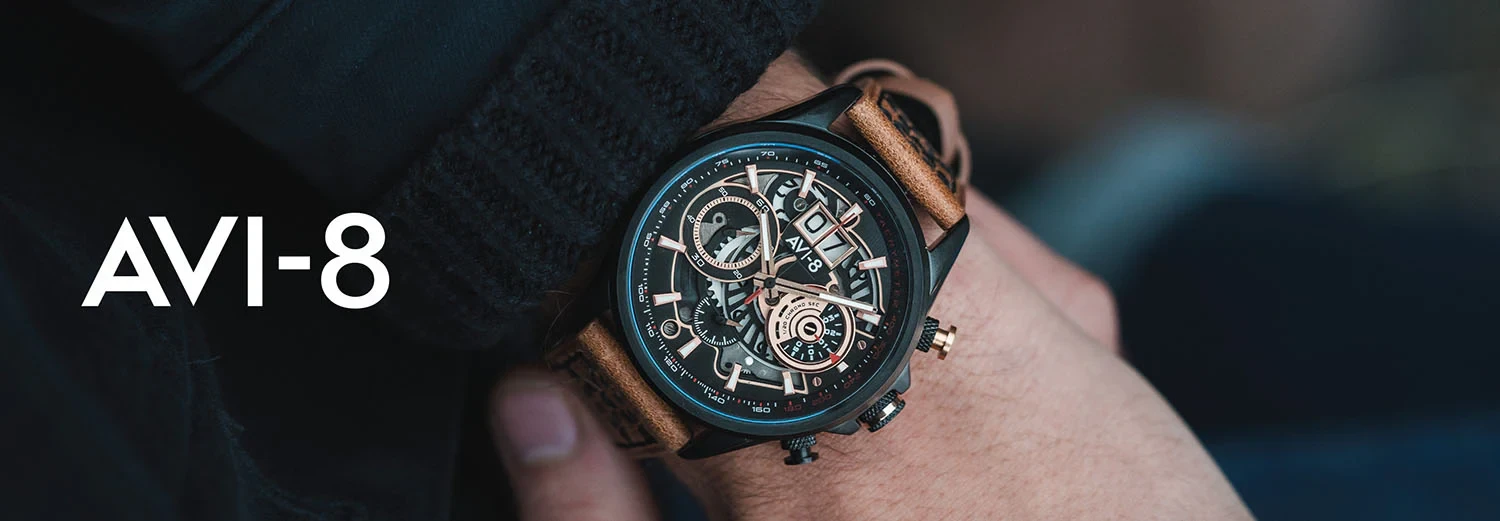







.jpg)





.jpeg)





.jpeg)



.jpeg)








.jpeg)



.jpeg)

.jpeg)
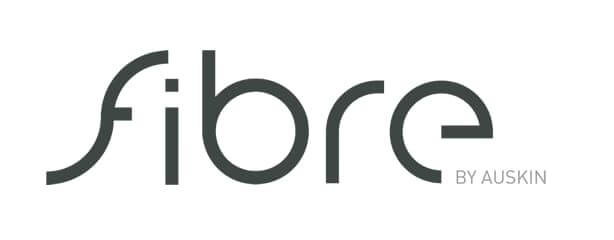
.jpeg)

.jpeg)




.jpeg)
.jpg)
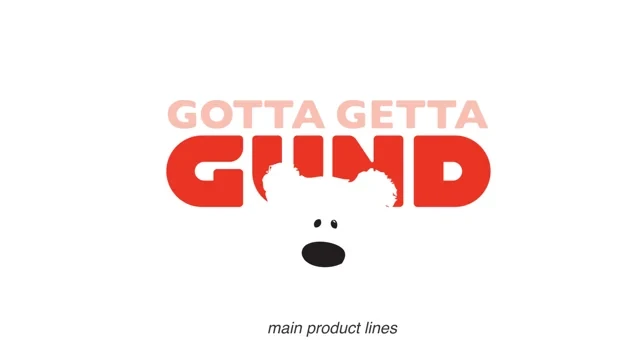
.jpeg)






.jpeg)
.jpeg)




.jpeg)





.jpeg)


.jpeg)

.jpeg)

.jpeg)

.jpeg)


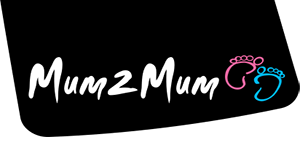




.jpeg)
.jpeg)
.jpeg)





.jpeg)



.jpeg)


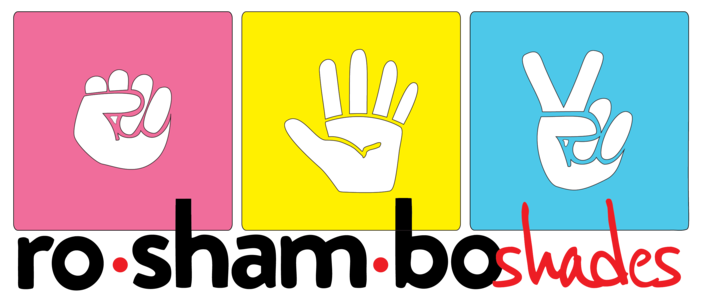

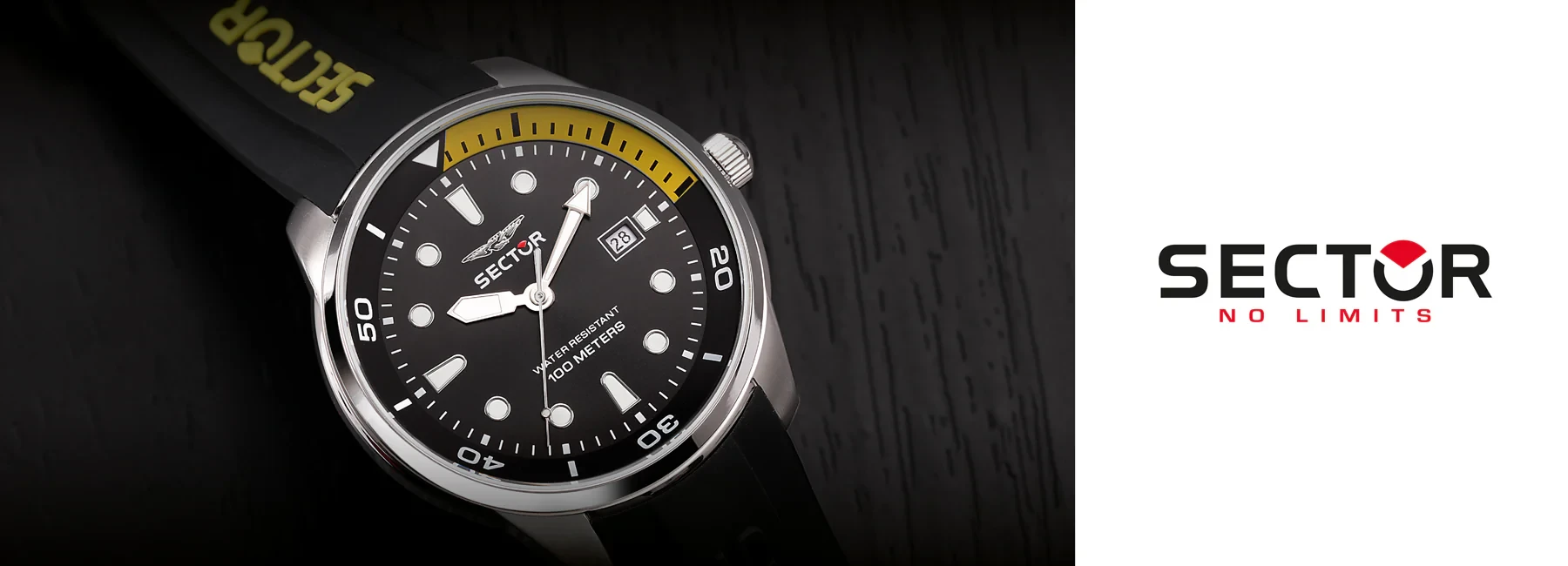

.jpg)
.jpeg)









.jpg)


ulva-Logo.jpg)




.jpeg)
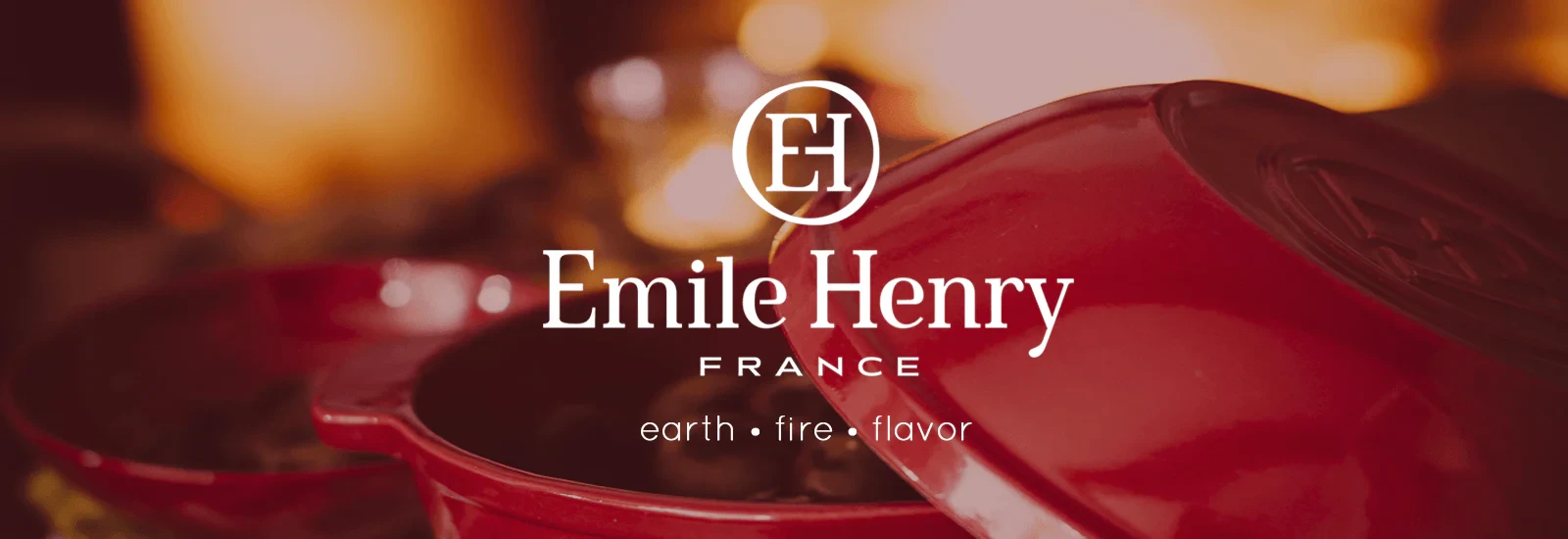


.png)








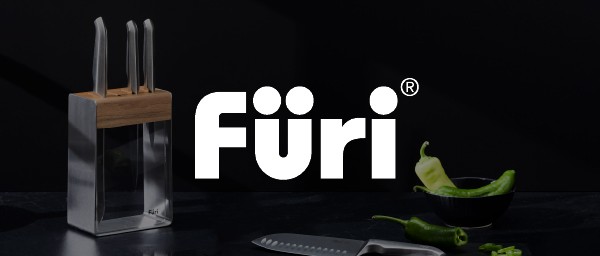



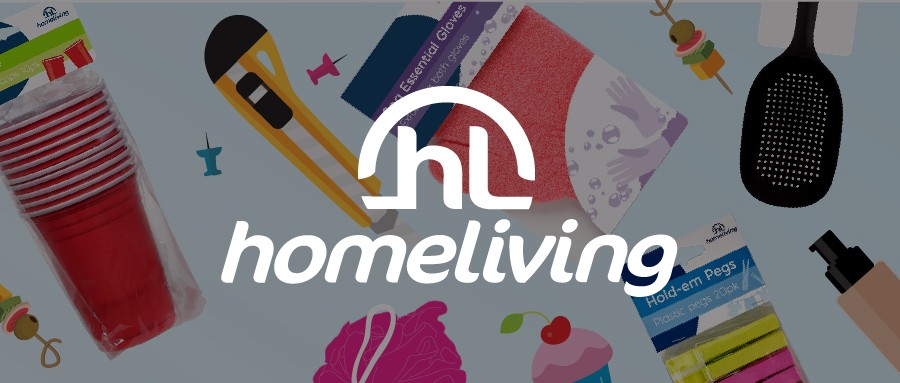
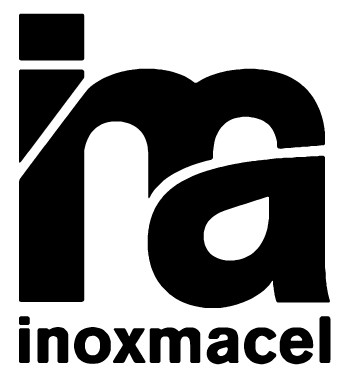

.png)
























